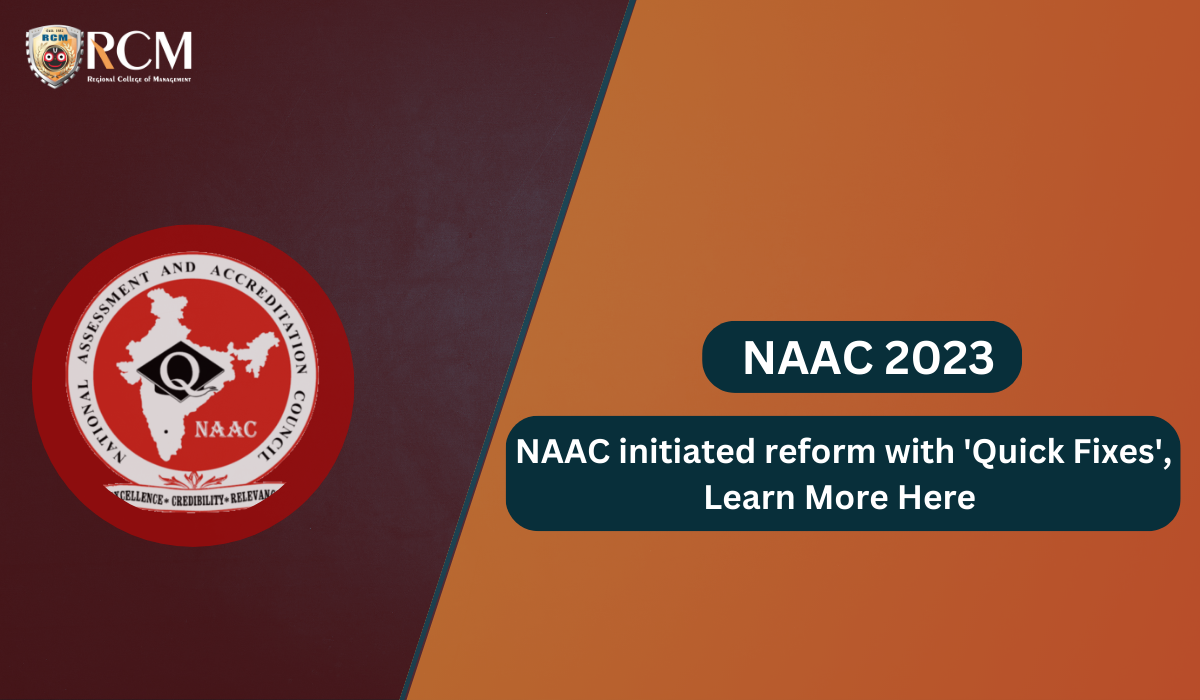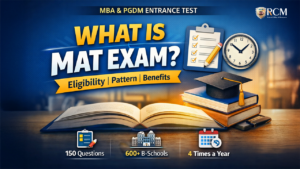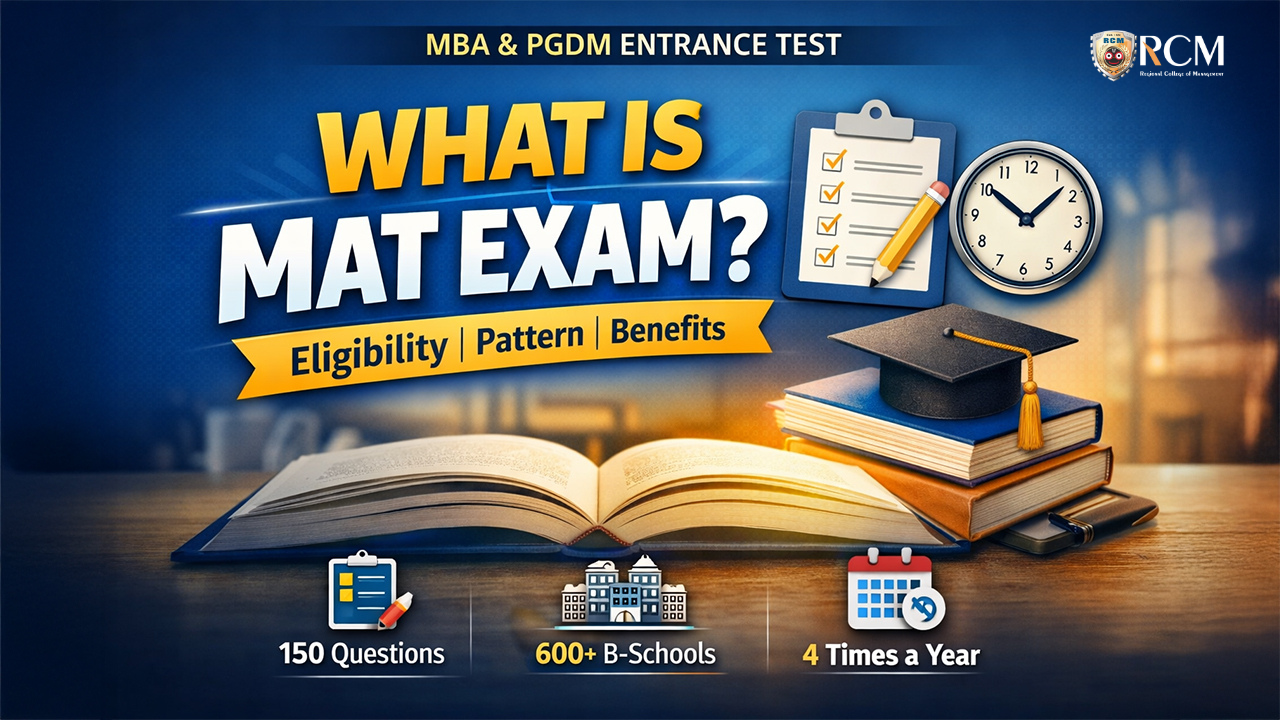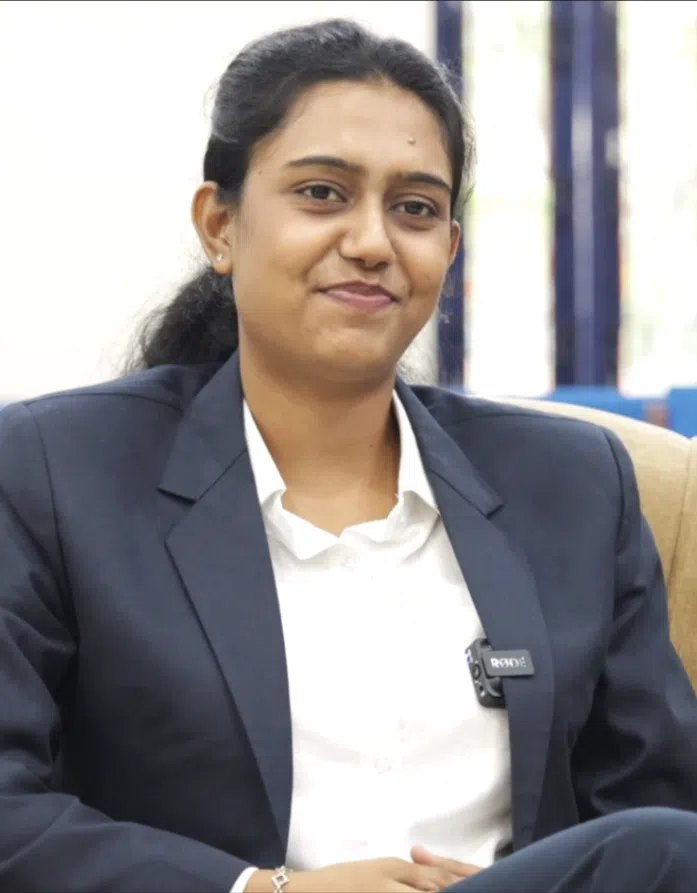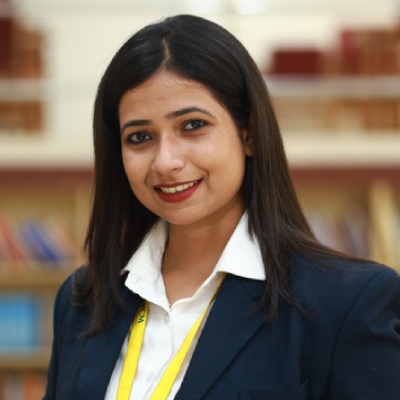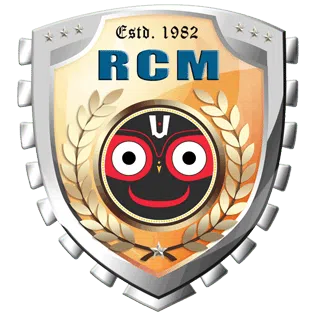Last month, NAAC Chairman Bhushan Patwardhan resigned after highlighting ‘problems’ plaguing the accreditation process. Now they are responding with immediate, short-term solutions.
Direct students for feedback, a single super-admin with limited rights to view the progress, and experts randomly selected by computer- these are among a slew of immediate reforms being introduced to India’s top accreditation body National Assessment and Accreditation Council (NAAC), The print has learned.
More than a month after Bhushan Patwardhan resigned as chairperson citing irregularities in its assessment process, NAAC, an autonomous body under the University Grants Commission (UGC) tasked with assessing and accrediting HEIs – including colleges and universities in the country – is now introducing new measures in an attempt to immediately address some of the issue plaughing the body.
In an exclusive interview with the Pint, Professor Anil Sahasrabudhe, who was appointed chairman of NAAC executive in place of Patwardhan on 3 March, told the Print: “The changes being implemented are an attempt to bring quick fixes in the process and make it more transparent. Several changes are in the process of implementation”.
Saharsrabuddhe, a former chairman of the All India Council for Technical Education (AICTE), added that these are immediate, short-term solutions and that long-term measures to address problems are being reviewed by a committee set up by the central government last November under the chairmanship of former Indian Space Research Organisation (ISRO) chief K. Radhakrishnan.
Ina response in the Rajya Sabha, the Ministry of Education had said that according to the UGC, NAAC has accredited 425 out of 1,113 universities (38 percent) and 9,198 out of 43,796 colleges (21 percent colleges) across the country.
In this registration letter to UGC Chairman Jagadesh Kumar on 4 March Patwardhan and written that he was resigning to “safeguard self-respect and sanctity” of the post.
“After careful reconsideration of the entire subject, I hereby resign from the position of Chairman of the Executive Committee, NAAC, Bengaluru, in the larger interest of the UGC, NAAC, and Indian higher education system,” he wrote. Adding, “I wish to reiterate that I had nothing personal in this matter but it was an act to safeguard self-respect and the sanctity of the post of chairman EC and the NAAC.”
The registration came after Patwardhan had written to the UGC Chairman that “vested interests, malpractices, and nexus among the persons concerned” to led to “the awarding of questionable grades to some HEIs”.
It’s significant to note that in a statement days after Patwardhan’s registration, NAAC had said ‘the entire process of accreditation and assessment is robust, transparent, ICT-driven and automated”.
“The system cannot be compromised because the whole process is decentralized, transparent, and accessible to the stakeholders through a user-friendly portal and dashboard at all stages of the assessment and accreditation process,” the NAAC’s statement said.
It added, “The processes within NAAC are continuously being improved so that assessment and accreditation of the educational institutions are done transparently and professionally.” The print reached Bhushan Patwardhan who declined to comment on the matter.
OTP verification, Plagiarism Check
NAAC assesses and grades the HEIs on five key parameters, namely curriculum, faculty, infrastructure, research, and financial well-being. Under the current system, universities are graded using two primary processes: a manual assessment and data verification.
The manual process involves experts visiting an institution for assessment, while data verification involves third-party Data Verification and Validation (DVV) agencies, that see if the data submitted or uploaded on the portal during the NAAC accreditation process is valid or not. It is a software-based automated system that makes the entire NAAC evaluation more transparent.
These scores are combined, and grades from A++ to C are given. The last grade, D, means an institution isn’t accredited. According to Sahasrabuddhe, NAAC has introduced six short-term reforms to its existing system in order to plug the irregularities. “The first is the introduction of an OTP verification system when the student survey is conducted for NAAC,” he said.
For the larger Self Study Report submitted by an institution, some weightage is given to the student satisfaction survey wherein students review the HEI on various parameters.
According to the new rule, institutions will now have to submit the phone numbers of their students from whom they collect feedback. Sahasrabuddhe said: “We have sent out a notification to all institutions informing them that the procedure of mandatory upload of mobile number and OTP verification will be launched on 14 April this year.”
Besides this, data and information provided by colleges and universities will be put through a thorough plagiarism check to prevent third-party companies from writing about the universities on their behalf.
In addition, in order to centralize data, the information provided by HEIs will now be stored on one platform under the ‘One Nation, One Data’ portal developed by the Ministry of Education.
Moreover, a new system of checks will be put in place under which a mismatch of 30 percent or more between the assessment grades given by the DVV and the expert visiting the HEI will lead to a review. The new measures also include one aimed at addressing a major irregularity that Patwardhan had highlighted – that experts who reviewed HEIs could access and modify data, leading to the possibility of tampering.
Now, there will be a single super admin with limited rights to view the progress only, Sahasrabuddhe said. Another significant change is in the selection of the visiting expert. While up to six experts were previously chosen from a pool of around 4,000 using an algorithm, this number will be brought down to one.
Explaining this Sahasrabudshe said, “Experts shall be randomly selected by computer as per requirement of subject areas and no choice will be given for assigning an officer to an HEI. If the expert formally is not willing due to conflict of interest or personal preoccupation only then the computer picks up a new expert.”
Other changes include thorough checks on DVV agencies before hiring a team – which is currently done through a bidding process.NAAC Chairman said, “Now there will be a single DVV allotment by computer sequentially and no manual intervention will be made in order to keep the process free of biases.”This came after there were allegations of irregularities in hiring DVVs.
It’s significant to note that many of the changes address that Patwardhan had previously highlighted. Soon after he was appointed chairman of the NAAC executive, Patwardhan commissioned an independent inquiry into NAAC’s functioning.
That committee, led by J.P. Singh Joreel, the director of UGC’s Information and Library Network, found a “compromised” IT system, and conflict of interest with experts visiting campuses and the presence of “super-admins” with complete access to the database.
Radhakrishnan panel & long-term reforms
Meanwhile, as NAAC itself implements some short-term course correction measures, the education ministry in November 2022 had appointed a committee under the chairmanship of K. Radhakrishnan to strengthen the body’s accreditation system.
This committee is composed of notable academics such as Bharat Bhasker, a former professor at the Indian Institute of Management (IIM), Raipur, who’s now the director at IIM-Ahmedabad.
Sahasrabudhe said the committee “had been tasked with formulating long-term reforms to make the process of accreditation more transparent and free of irregularities”.
Official sources privy to the developments told ThePrint that the committee, which was set up on the back of allegations of irregularities in NAAC’s accreditation in 2017-18, has held four meetings so far and has also met with officials from the Ministry of Education.
ThePrint reached K. Radhakrishnan for a comment on the progress made by the committee but he declined to comment, saying it was “too early”.
(Source: The Print)

